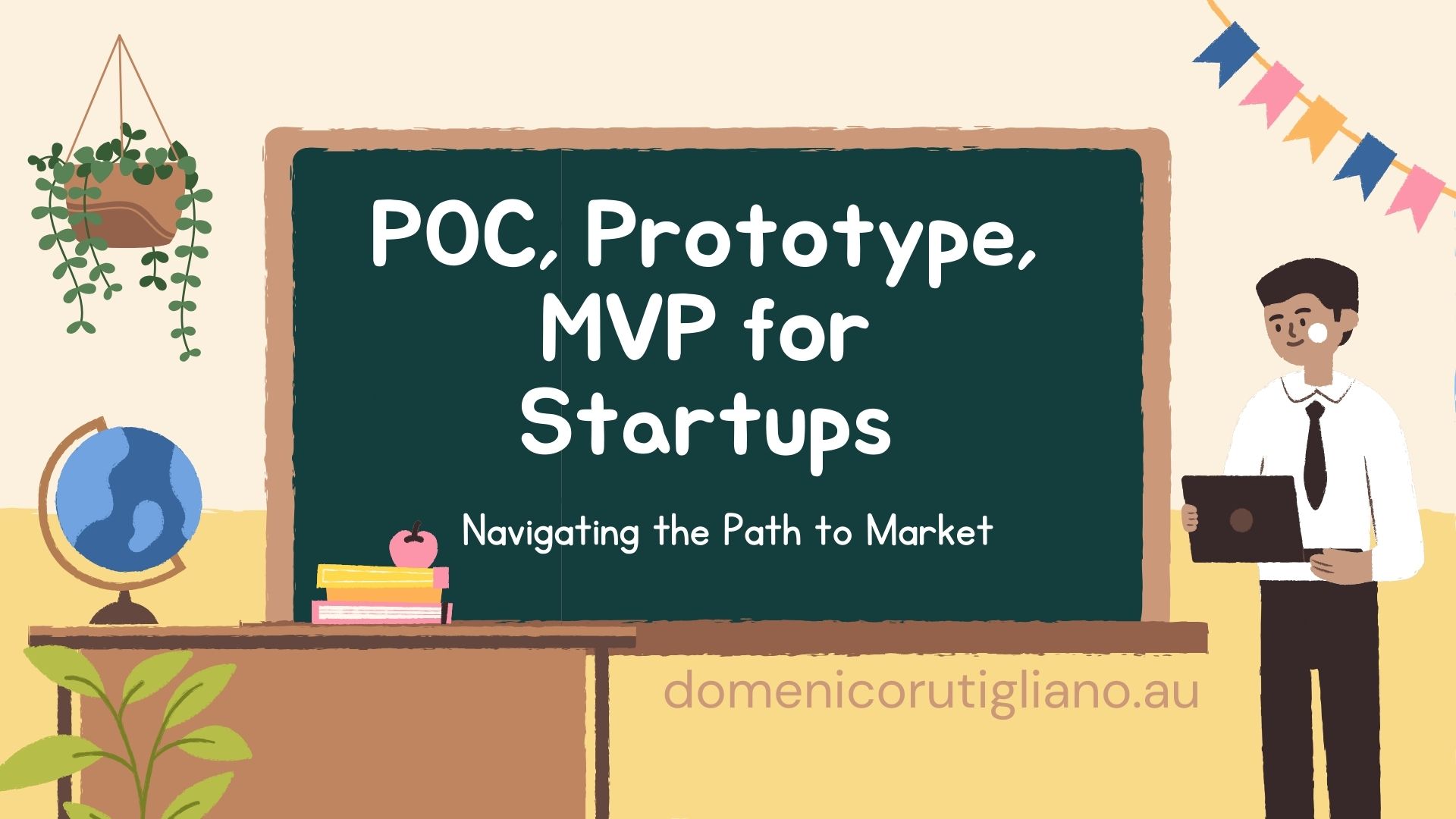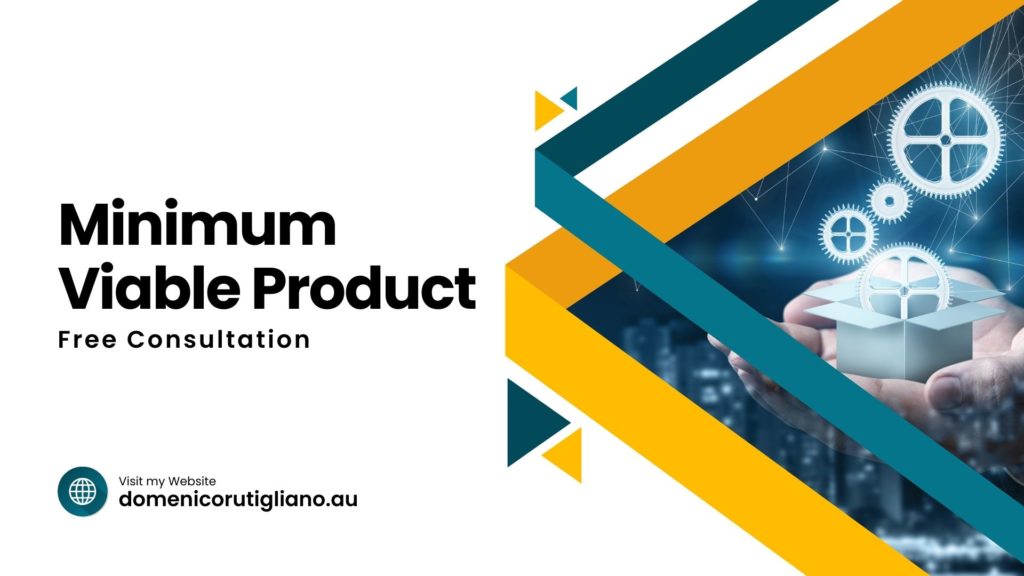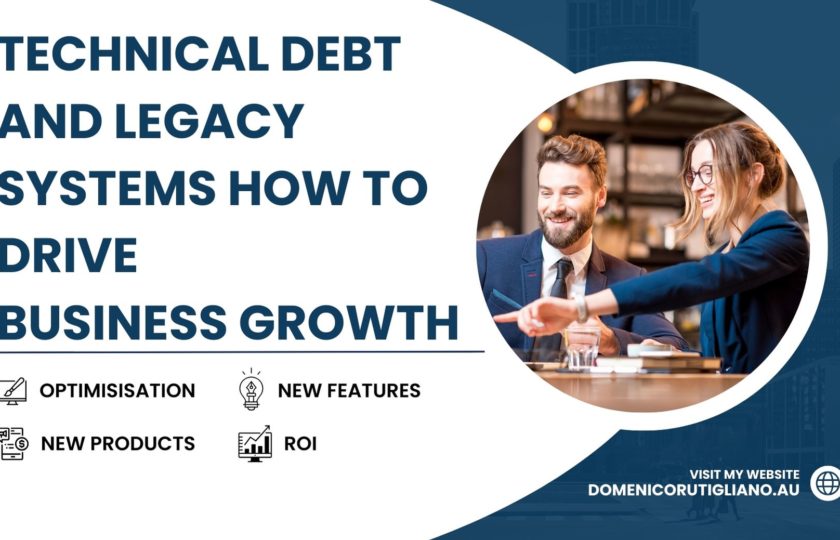
A Guide to POC, Prototype, and MVP for Startup Success
In the evolving arena of product development, the journey from ideation to launch is fraught with challenges, complexities, and the constant risk of the unknown. Those at the helm of product creation—be they product owners or the visionaries driving startups—recognize the necessity of a methodical approach through pivotal phases. These phases are carefully crafted trials, each offering a proving ground for different facets of the product’s journey. Among these pivotal trials, the Proof of Concept (POC), the prototype, and the Minimum Viable Product (MVP) stand as the foundational elements of product verification, each step deliberately gauged to inform and calibrate the approach to market engagement.
These early development phases serve as the guiding lights for decision-making, allowing entrepreneurs to chart their course with confidence. The POC tests the feasibility of the idea, answering the fundamental question of whether it can be built. The prototype, a step further, tackles the intricacies of how the product will be built. And the MVP, the closest to market entry, seeks to determine whether there will be a market when the product is built. These stages are not just milestones but are integral components of a strategic approach to product development, each playing a distinct role in reducing risk, refining vision, and preparing the market for a new entrant.
This article is a deep dive into the essence of these phases, unraveling their significance and explaining how they collectively contribute to the making of a successful product. Designed for product owners and startup founders, this piece serves as a manual for the wise and a map for the strategic, guiding through the processes that can make or break the future of a product. As we explore each stage, we invite you to reflect on your own ventures and consider how the insights shared herein can elevate your product from just another idea to a solution that meets the needs of the market.
Understanding the Proof of Concept (POC)
The Proof of Concept, or POC, is the preliminary stage in the product development cycle where an idea is transformed into a tangible form for the very first time. It’s a conceptual bridge between abstract thought and concrete reality. But what does it truly involve?
The Objective of a POC
A POC serves one primary purpose: to validate the functional possibility of the idea. At its core, it answers the vital question of “Can we build it?” This is the stage where theoretical assumptions meet their practical tests. It’s where claims are substantiated by evidence, and the laws of reality are applied to the dreams of innovation.
Mitigating Risks with a POC
Product development is inherently risky, with technical feasibility being one of the largest uncertainties. The POC addresses this by offering a low-fidelity model or a basic version of the product that highlights the potential and the pitfalls. It acts as a sandbox where the fundamental aspects of the concept are explored, scrutinized, and either validated or challenged.
Key Components of a Successful POC
A POC should be as simple as possible but no simpler. It must encapsulate the essence of the product idea, demonstrating its core functionality without the embellishments of a full-fledged development. It should be focused, aiming to test specific hypotheses about the product’s feasibility. Moreover, it must be conducted with a critical eye, ready to objectively assess results and make hard decisions based on the findings.
Crafting the Prototype
Once a POC has demonstrated the fundamental feasibility of an idea, the next stage is to develop a prototype. This is an advanced version of the concept that begins to integrate design with functionality, serving as a bridge between “Can we build it?” and “How do we build it?”
Distinction Between POC and Prototype
While a POC is often a stripped-down version of the idea, the prototype is more complex. It is a working model that provides stakeholders with the first look at the product’s design and usability. The prototype is where the initial user interface, user experience, and design elements are introduced and tested.
The Iterative Nature of Prototyping
Prototyping is inherently iterative. It’s a cycle of creation, evaluation, feedback, and refinement. Each iteration brings the product closer to its final form, resolving issues and improving functionality. The prototype evolves through multiple versions, each designed to test different aspects of the product, from its look and feel to its technical capabilities and user interactions.
Aiding in Design and Functionality Refinement
Prototypes serve several purposes. They act as a tangible demonstration for investors, a testbed for user feedback, and a tool for the development team to identify technical challenges. A well-designed prototype makes it easier to spot potential problems early on when they are less costly to fix. This stage is crucial for refining both the product’s design and its technical underpinnings.
Building Your Minimum Viable Product (MVP)
Transitioning from a prototype to a Minimum Viable Product marks a startup’s entry into the market’s periphery. An MVP, by definition, is the most pared-down version of a product that is still viable for release. It’s designed to answer not just “How do we build it?” but also “Will people buy it?”

The Strategic Importance of an MVP
The MVP is more than a product; it’s a strategy and a process. It aims to collect the maximum amount of validated learnings about customers with the least effort. The focus is on building a basic version of the product that includes only the features necessary to attract early adopters and validate a product idea early in the development cycle.
Market Readiness with an MVP
This stage is pivotal for understanding market demand and for testing the core business hypotheses. It enables startups to release a product to the market without fully developing all features, which saves time and resources. The MVP can provide valuable insights into what resonates with the audience and what doesn’t, which is critical for the iterative development that follows.
Balancing Minimalism and Viability
Creating an MVP requires a delicate balance. It must be minimal to avoid over-investment in untested features, yet sufficiently viable to solve the core problem for your users and provide a positive user experience. This balance is not static; it evolves with customer feedback and market trends. The goal is to find the sweet spot where the product is good enough to satisfy early customers and to provide feedback for future development.
From Concept to Launch: Integrating POC, Prototype, and MVP in the Development Lifecycle
A successful product launch is rarely a linear process; it’s a journey through a cycle of ideation, validation, and iteration. POC, Prototype, and MVP are the milestones of this journey, each contributing uniquely to the lifecycle of product development.
Step-by-Step Integration of the Three Stages
- POC Stage: This is the exploration phase where the feasibility of the concept is tested. Once validated, the idea gains some grounding, and the transition to the prototyping phase begins.
- Prototyping Stage: Here, the focus shifts to user interaction and design. It’s about getting the feel of the product right. As each prototype is built, tested, and refined, the idea starts to take on a more tangible form.
- MVP Stage: This is where the product meets the market. The MVP carries the core attributes of the product to see how it fares with real users and collects critical data on its performance in the market dynamics.
Addressing Challenges at Each Stage
Each stage comes with its own set of challenges. During the POC phase, the challenge is to prove that the idea is technically and financially feasible. In the prototyping phase, the design and user experience take center stage, with a challenge to create a design that resonates with users. The MVP phase faces the market challenge—ensuring that the product addresses the needs and garners interest from the target audience.
Case Study: A Hypothetical Startup Journey from POC to MVP
Imagine a startup aiming to revolutionize the personal fitness industry with a new wearable device. They start with a POC to validate their sensor technology. With success in hand, they move to a series of prototypes, each improving on the design and user interface based on user feedback. Finally, they develop an MVP, which includes just enough features to attract fitness enthusiasts and obtain feedback on its core functionality. The MVP is successful in a niche market, providing the startup with a clear direction for additional features and improvements for the next version.
The roadmap from an idea to a market-ready product is paved with critical evaluations, tests, and learning curves. Each stage—POC, prototype, and MVP—serves a distinct purpose and presents unique challenges that require careful navigation. A POC verifies the feasibility, a prototype refines the concept, and an MVP introduces the product to its first users and begins the cycle of iteration based on real market feedback. These early stages of product development are not just about building a product; they are about building the right product for the right market.
For product owners and startup founders, understanding and effectively executing these phases can significantly increase the chances of success. It is a process of learning as much as it is of building, where each step is informed by the last, ensuring that every iteration brings you closer to a product that your market needs and loves.
As a founder or product owner, you stand at the forefront of innovation, armed with ideas that have the potential to change markets—or create new ones. But ideas alone do not bring success; it is the execution of these ideas that truly matters. Execution that is thoughtful, strategic, and informed by the best practices of POC, prototyping, and MVP development can set you on a path to success.
If you find yourself at the crossroads of product development, seeking expertise to validate your concept, design your prototype, or launch your MVP, I am here to illuminate the path ahead. My experience and insight can help you navigate the complexities of product development, mitigate risks, and create a strategic plan that maximizes your product’s potential.
Do not let uncertainty deter you from your vision. Reach out to me, and together we will transform your idea into a product that resonates with your audience and thrives in the market. Let’s start a conversation about where you are in your product development journey and where you want to go. Contact me today, and take the next step toward making your product a reality.



